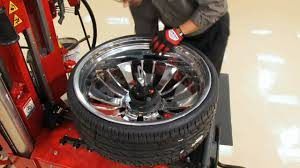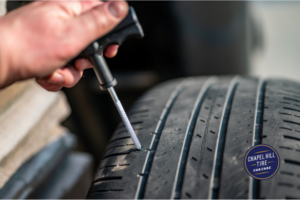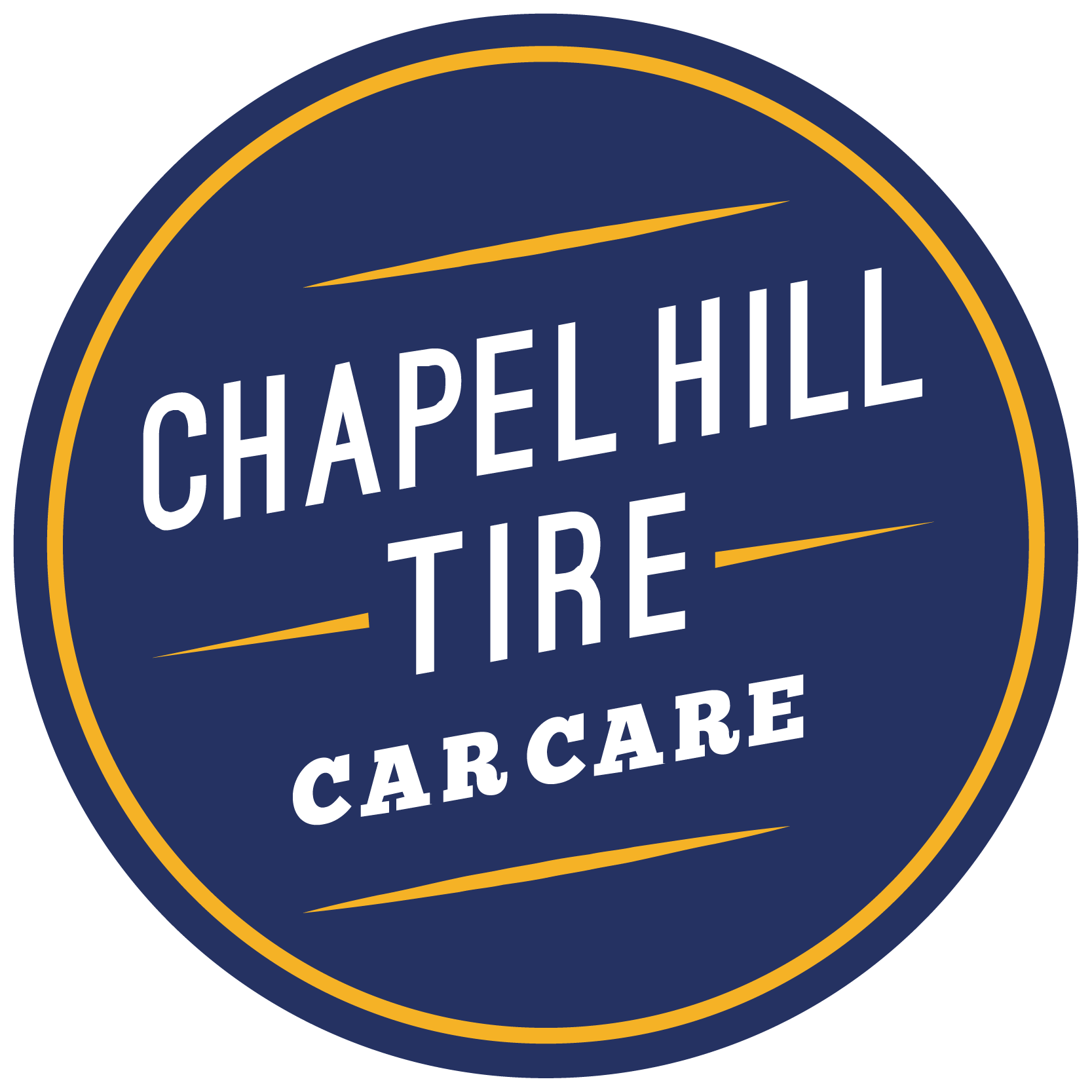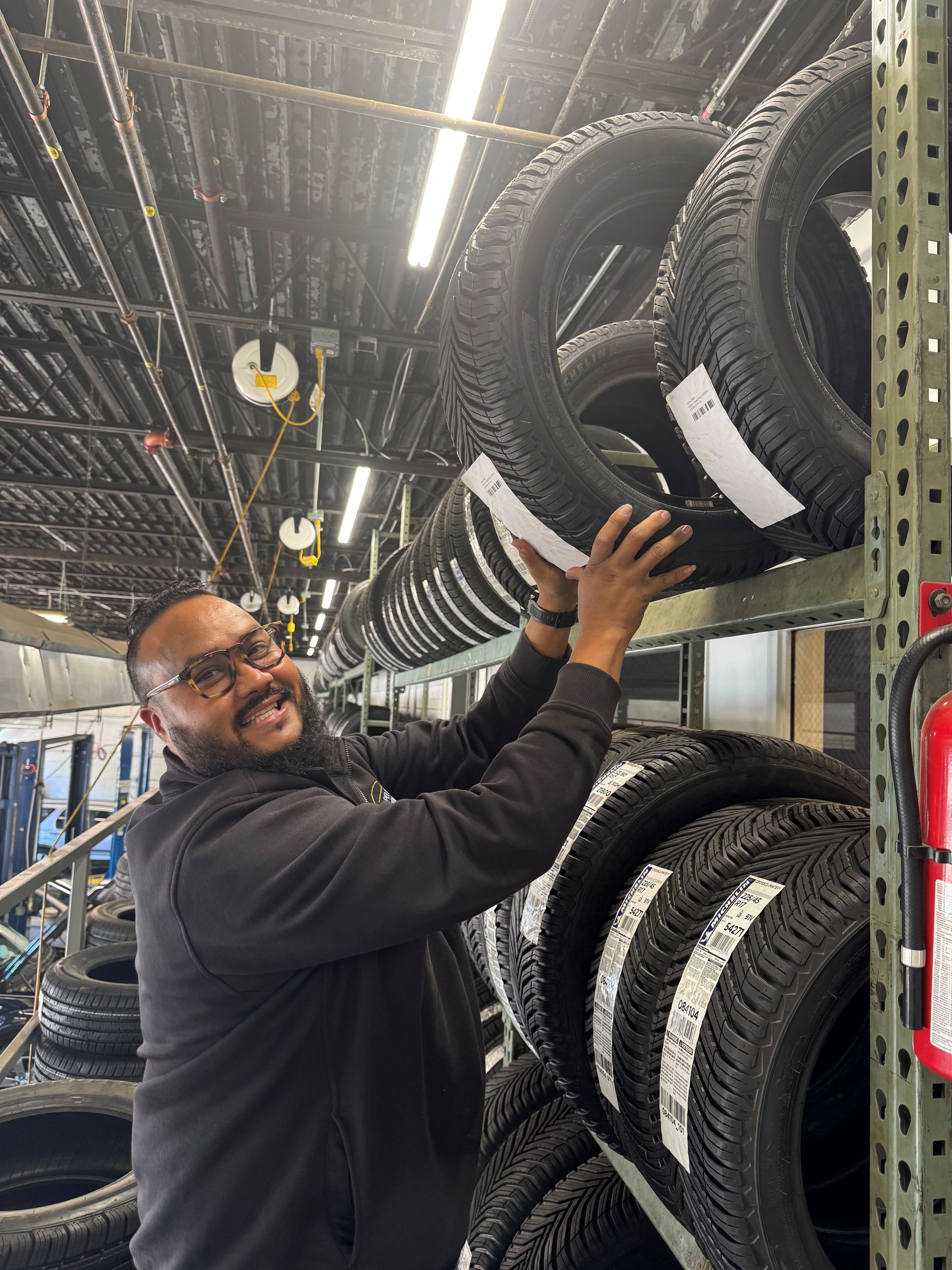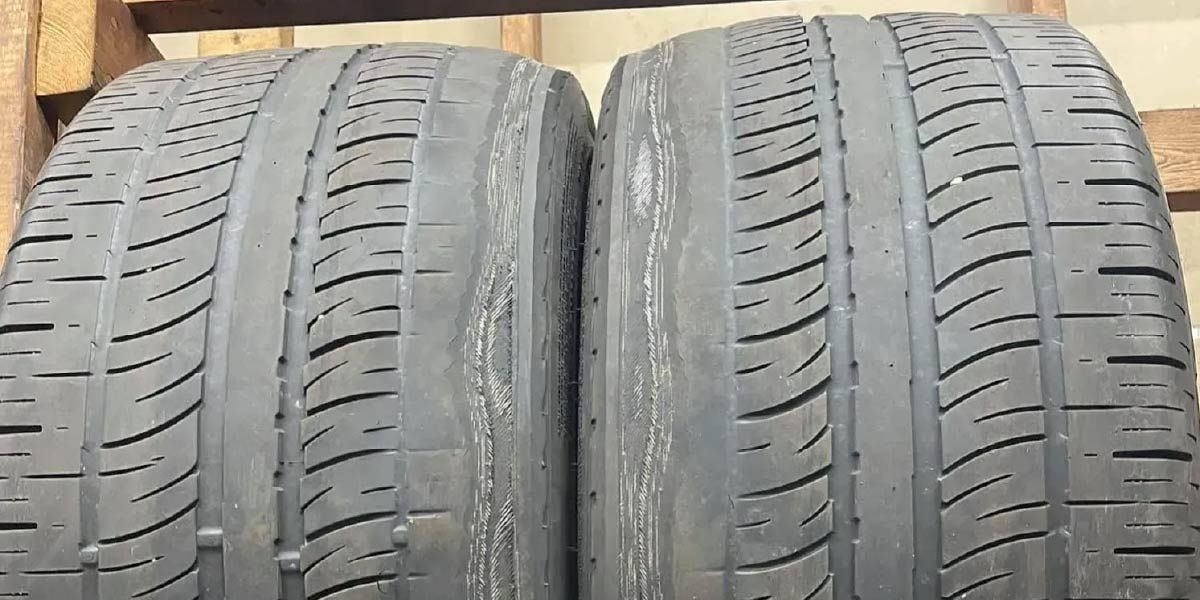How to Use Jump-Starting Battery Packs
Auto Shops Located in: Chapel Hill, Durham, Taleigh, Apex, and Cary North Carolina
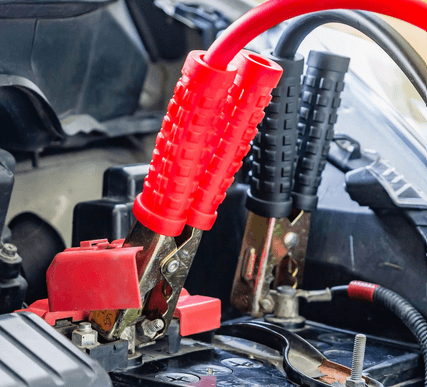
Now that it’s winter, taking the time to pay attention to the maintenance of your vehicle is extra important. Cold weather can wreak havoc on your car’s battery, sometimes resulting in frustrating moments where your vehicle won’t start. Since freezing temperatures can drain your battery’s power by up to 60 percent, it’s always a good idea to have a plan in place should your battery die and leave you stranded on the side of the road.
Battery packs are a great thing to have in your vehicle if your battery ends up dying and you’re not able to get a jump from a friend or a helpful stranger. As you prepare for winter driving, find out more about the ways cold weather can affect your car’s battery and how to jump-start a car using a battery pack.
How Cold Weather Affects Your Car’s Battery
During the winter, your battery is far more likely to die unexpectedly and leave you with a vehicle you can’t start. While you consider investing in a jump-starting battery pack, learn more about the top three ways cold weather can impact your car’s battery:
- Chemical Reaction Slowdown: Lower temperatures can slow down electrochemical reactions that happen within your car’s battery. These slower reactions can make it harder for your battery to generate sufficient power for a smooth start.
- Increased Internal Resistance: Cold weather leads to an uptick in the internal resistance of a vehicle’s battery. The greater internal resistance can make it difficult for a battery to deliver the necessary power to the car’s engine.
- Reduced Overall Capacity: The overall capacity of a car’s battery will decrease in cold weather, resulting in a diminished ability to store and supply the required energy.
How to Jump Start a Car Using a Battery Pack
Though the winter can impact your battery’s performance, you can still protect yourself with a jump-start battery pack. These packs make it possible to jump-start your vehicle without needing another vehicle’s working battery. Instead of having to ask a stranger to help you jump your vehicle, you can use a jump-starting battery pack to do it yourself. Since you can use a jump-starting battery pack on your own, it’s important to know how to do so correctly and safely.
If you already own a jump-starting battery pack or are planning on buying one soon, review the seven steps you’ll need to follow when jump-starting a vehicle with a battery pack below:
1. Choose the Right Battery Pack
Battery packs come in a variety of models designed for different vehicles and batteries. Before you buy a battery pack to keep in your car, make sure it will work with your vehicle. If you’re not sure how to figure out if the battery pack is compatible, your regular mechanic should be able to tell you. Things like vehicle size and what type of battery your car has will play a role in what types will work with your vehicle.
2. Charge the Jump Starting Battery Pack
Once you buy your battery pack, you should familiarize yourself with how to properly charge it according to the manufacturer’s instructions. You’ll also need to regularly check up on the power levels to make sure the pack is properly charged for emergency situations should they arise.
3. Connecting The Jump Starter
Once you’ve charged your jump starter, it’s time to connect your battery pack. Begin by locating the positive (+) and negative (-) terminals on your car’s battery. They should be properly labeled with the above symbols for ease of detection. Once you’ve located the terminals, connect the red (+) clamp of the battery pack to the positive terminal and the black (-) clamp to the negative terminal of the battery.
4. Turn On the Jump-Starting Battery Pack
Now that your jump starter is connected, it’s time to turn it on! If it’s the first time you’re using it, check in the manual to see if there’s anything special you need to know about turning the jump-starting battery pack on. Different models may have different locations for the power switches or sequences required to start them up, so make sure you know what you’re doing just in case.
5. Start Your Vehicle
After the jump-starting battery pack is on, get in your vehicle and attempt to start it. If your engine comes on, you should let it run for a few minutes to ensure the battery is recharged before disconnecting the jumping pack.
6. Disconnect the Jump Starting Kit
When disconnecting the jump-starting kit, turn off your vehicle first. Once the vehicle isn’t running, make sure to take the negative (black) clamp off before you take the positive (red) clamp off. The positive cable is more likely to throw a spark and possibly damage your car, so breaking the connection with the negative terminal first is safer.
7. Recharge Your Battery Pack
Finally, make sure to recharge your battery pack once you get home. Now that it’s worked properly and you know you can depend on it, you’ll want to ensure it’s ready to go if you ever need it again!
Interested in Jump Starting Kits? Head Over to Chapel Hill Tire
If you live in Chapel Hill, Durham, Raleigh, or the surrounding areas and are curious about jump-starting kits, head over to Chapel Hill Tire. Our qualified team of mechanics would be happy to answer any questions about what jump-starting battery pack would be viable for your car and provide instructions on how to safely use it. We also offer a variety of battery diagnostic and replacement services that you can rely on when your battery isn’t working like you expect it to.
Learn more about our battery services today. When you’re ready to bring your car in, please make an appointment at one of our convenient locations in the Triangle Area. We also recommend you review our promotions to find a great deal on our many services!
We’ve got all your automotive repair needs covered.


